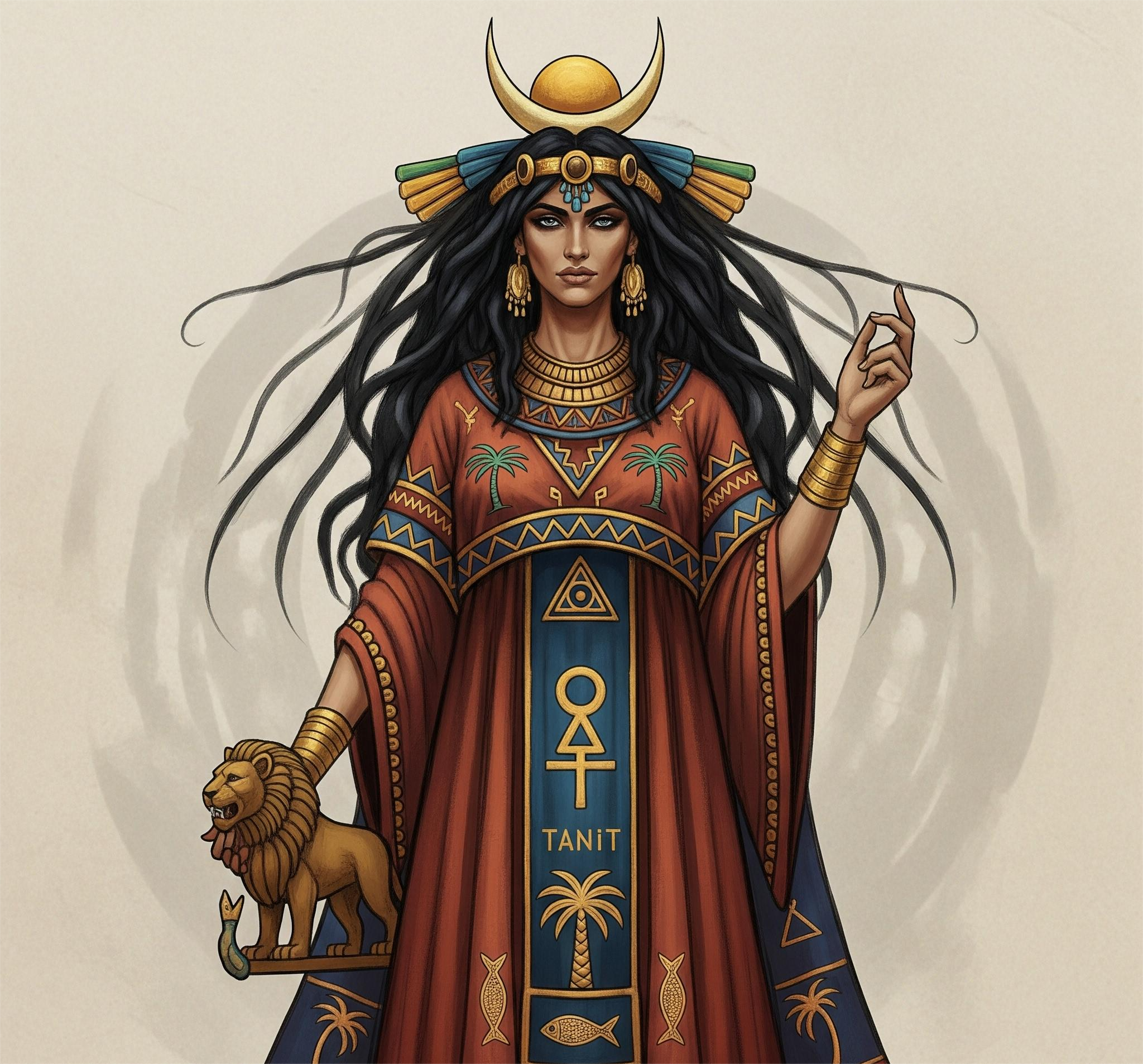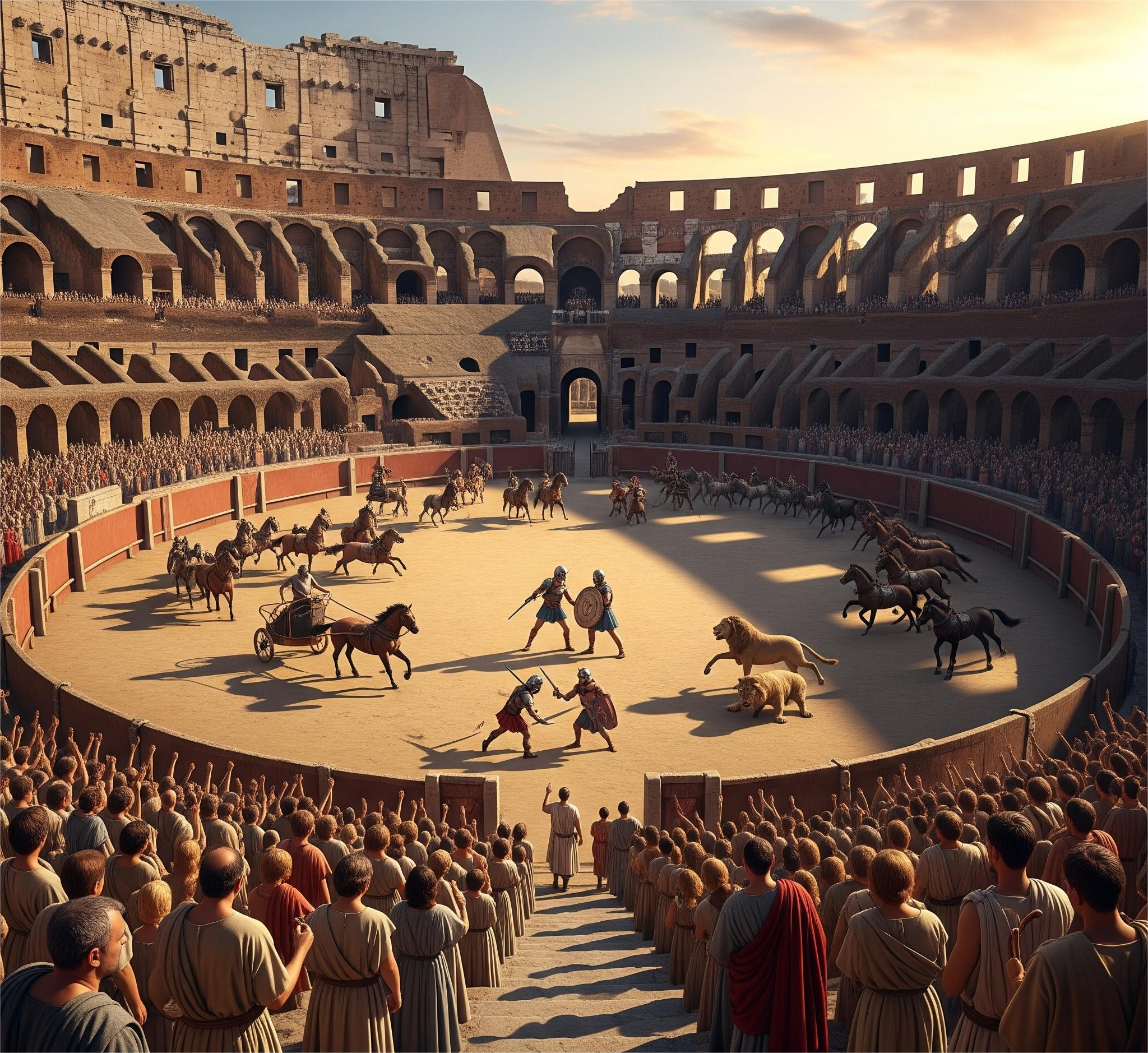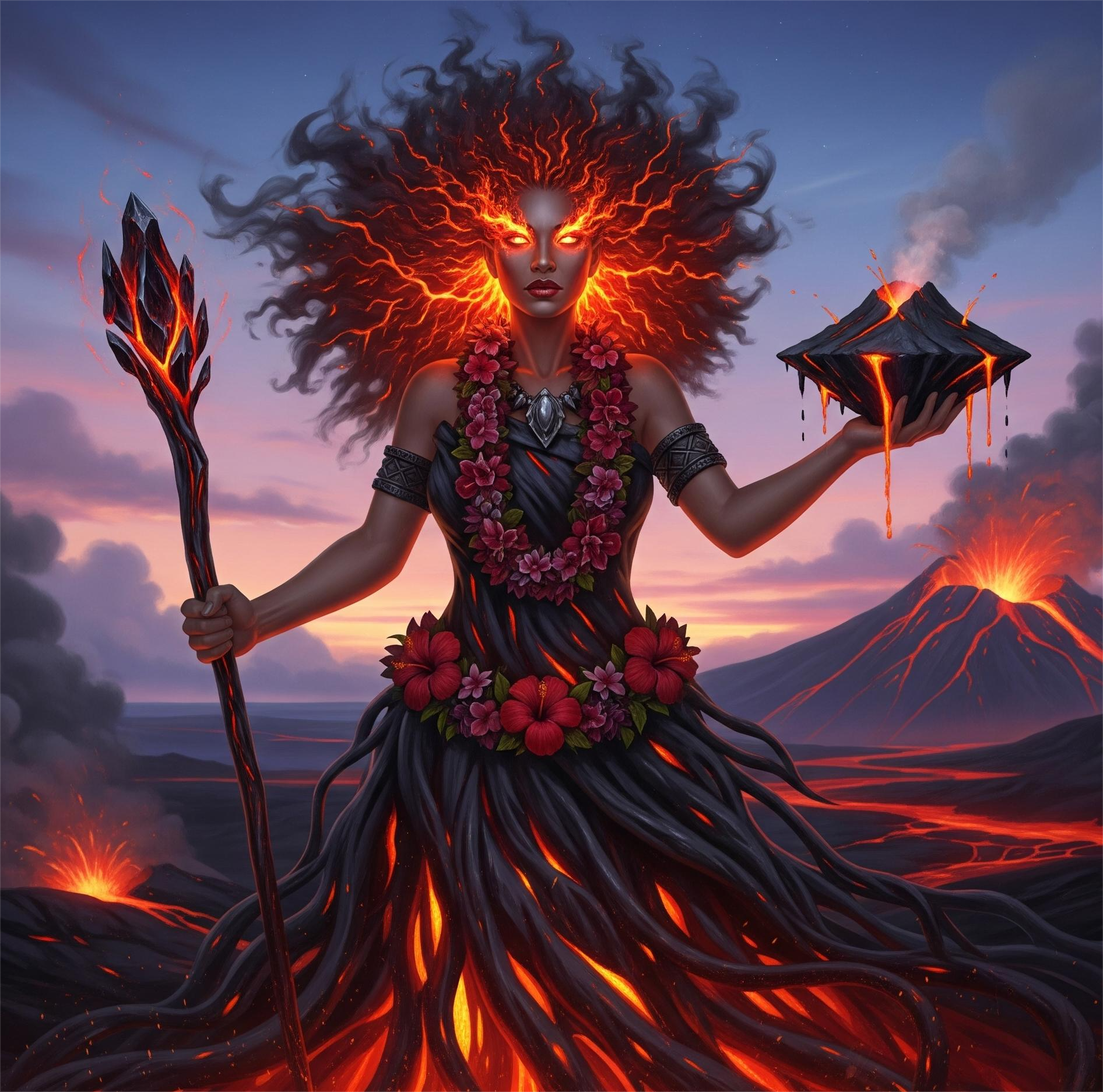Mount Roraima, one of the most intriguing places on Earth, is located in the remote Gran Sabana region of Venezuela. This majestic tabletop mountain, also known as a tepui, stands as one of the world's most beautiful and impressive natural wonders. Rising almost 3,000 meters (9,843 feet) above sea level, its flat-topped summit and sheer cliffs have captivated scientists, adventurers, and tourists alike for centuries.
The Geological Enigma
For over 500 years, scientists from around the globe have been fascinated by Mount Roraima’s unique geological features. The mountain's unnatural morphology sets it apart from typical mountainous formations. Most mountains are formed by tectonic activity, where the Earth's crust is pushed up by the movement of plates. However, Mount Roraima’s formation dates back to the Precambrian era, making it approximately two billion years old, one of the oldest geological formations on Earth.
The mountain is part of the Guiana Shield, a craton that comprises some of the oldest rocks in the world. The flat summit and steep, vertical walls of Mount Roraima are composed of quartzite and sandstone, resistant to erosion. Over millions of years, the forces of wind, rain, and temperature changes have carved out its unique shape, creating a natural fortress that stands isolated from the surrounding landscape.
The Mystical Landscape
The summit of Mount Roraima is a surreal world, often described as a "lost world" due to its isolation and unique ecosystem. The plateau covers an area of approximately 31 square kilometers (12 square miles) and is often shrouded in mist, adding to its mystical aura. The weather on the summit is unpredictable, with frequent rains and temperatures ranging from warm during the day to freezing at night.
This isolated environment has led to the development of a unique ecosystem, home to many endemic species of plants and animals not found anywhere else on Earth. Carnivorous plants like the pitcher plant and sundew thrive here, adapted to the nutrient-poor soil by trapping and digesting insects. The plateau is also home to a variety of unique orchids and bromeliads, adding to the botanical richness of the area.
Cultural and Mythological Significance
Mount Roraima holds significant cultural and mythological importance for the indigenous Pemon and Kapon people who inhabit the Gran Sabana region. They refer to the mountain as "Roraima," meaning "Mother of all Waters," due to the numerous waterfalls that cascade down its cliffs. The indigenous peoples believe that the mountain is a sacred place, inhabited by spirits and deities.
One of the most famous legends is that of the giant tree that once grew on the summit of Mount Roraima. According to the myth, this tree was the source of all the fruits and vegetables in the world. When it was cut down, it caused a great flood, and the mountain was formed from the stump of this tree. This legend has parallels with various flood myths found in different cultures around the world.
Modern Exploration and Tourism
The mystery and allure of Mount Roraima have made it a popular destination for adventurers and tourists. The first recorded expedition to the summit was in 1884, led by British explorer Everard im Thurn. Since then, it has attracted numerous climbers and trekkers, eager to experience its unique landscape and breathtaking views.
The most common route to the summit is via the Gran Sabana in Venezuela, a trek that typically takes several days and involves traversing dense rainforests, crossing rivers, and scaling steep inclines. Despite the challenges, those who reach the top are rewarded with an otherworldly landscape, dotted with strange rock formations, crystal-clear pools, and panoramic views that stretch across three countries: Venezuela, Brazil, and Guyana.
Conservation Efforts
Given its ecological and cultural significance, there have been ongoing efforts to preserve Mount Roraima and its unique environment. The mountain is part of the Canaima National Park, a UNESCO World Heritage Site, which provides a level of protection against deforestation, mining, and other environmental threats. However, increasing tourism and the potential for ecological disturbance pose ongoing challenges.
Mount Roraima remains one of the most enigmatic and awe-inspiring natural wonders of our planet. Its ancient geological origins, unique ecosystem, and cultural significance make it a place of immense scientific interest and natural beauty. As efforts continue to understand and preserve this remarkable tepui, Mount Roraima will undoubtedly remain a symbol of the enduring mysteries and splendor of our natural world.











